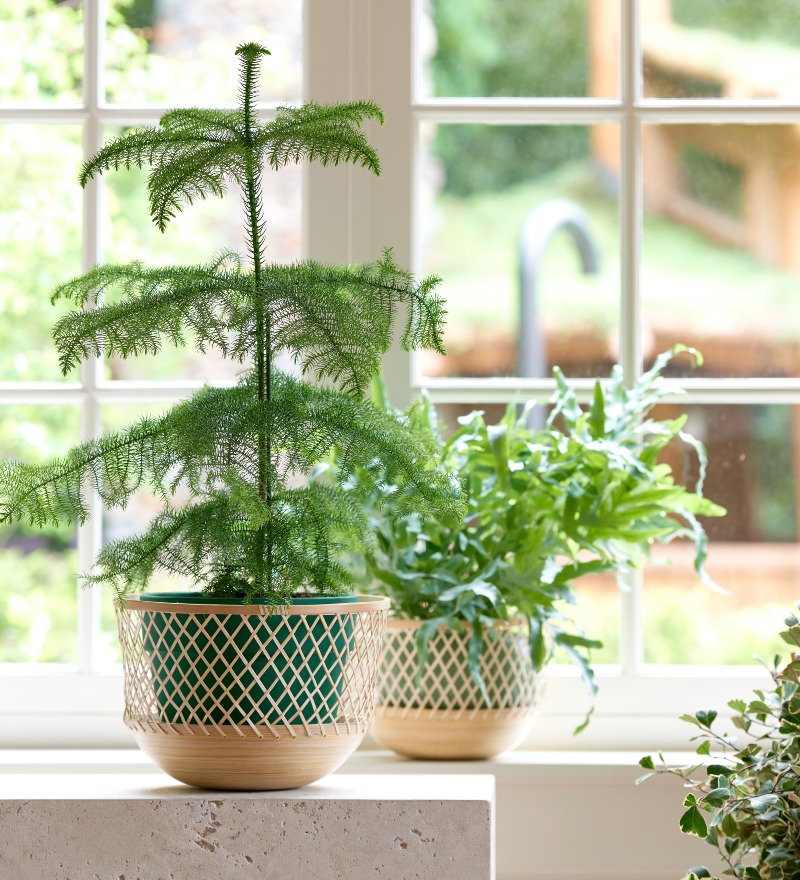Swinging plants
A nice beat, an iconic melody or screeching guitars - music has a positive influence on people. It makes us relax, stimulates the brain and lowers blood pressure. But did you know that music also affects plants?
American researcher Dorothy Retallack spent two weeks studying the effect of sound on plants, by dividing them in three different groups. The first group was exposed to tones for 8 hours a day, the second group for 3 hours a day and the last group didn’t get to hear anything. The outcome was surprising: the plants that heard the tones for 3 hours turned evenly green and grew faster than the plants that didn’t get to hear anything. The plants that were exposed to tones for 8 hours died within two weeks. Dorothy also conducted an experiment in which she made the plants listen to various types of music through a speaker. This study showed that plants love classical and jazz music: the plants grew towards the speaker and sometimes wrapped themselves around it completely. In contrast, the plants that heard rock music showed signs of stress and grew less quickly as a result. It is therefore better to omit hard drums in order to enjoy our plants longer.
But how is this actually possible? The vibrations of certain tones or music stimulates the transport of nutrients in the plant, which has a positive effect on their health. In nature, the song of a bird or the breeze of the wind also has an influence: it makes the plant grow extra fast. Next time you turn on your radio, choose a melody that the plant appreciates and who knows, your plants will grow better than ever before!
Did you know there is also a plant that dances to the vibrations of sound? This plant, the Desmodium Gyrans, is mostly found in tropical regions in Asia and has the best dance moves.



